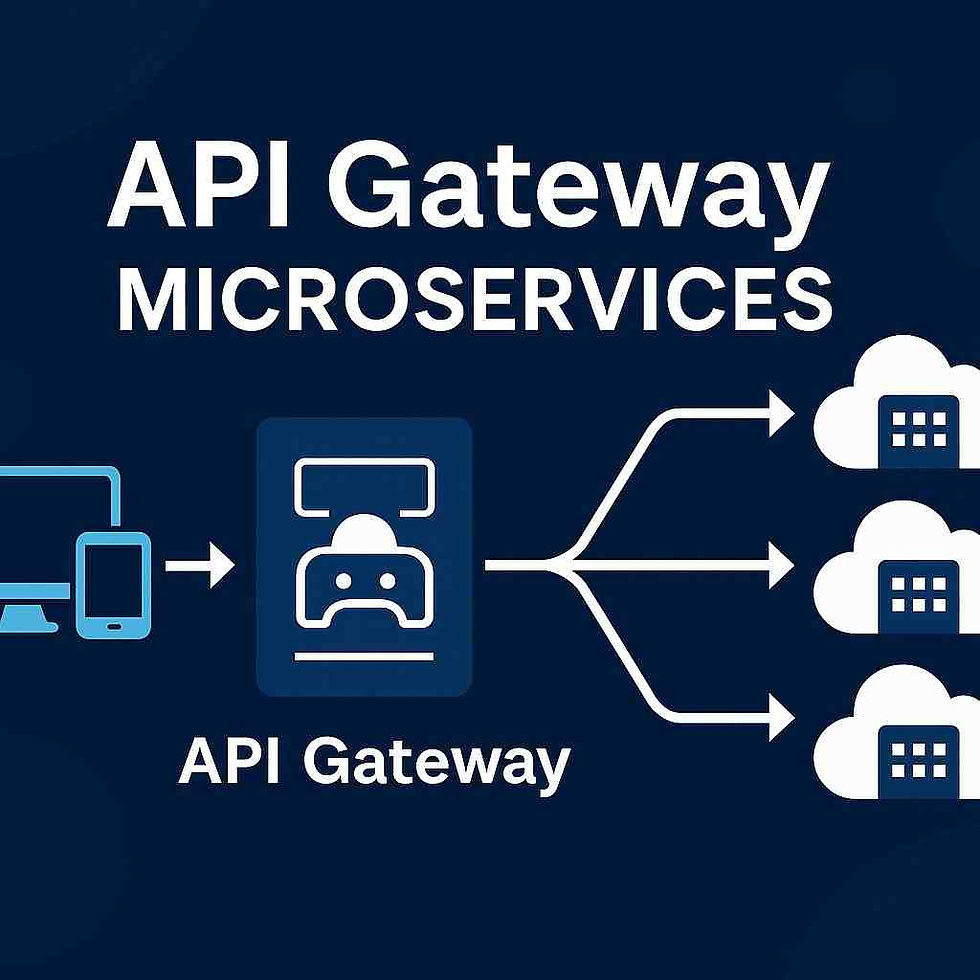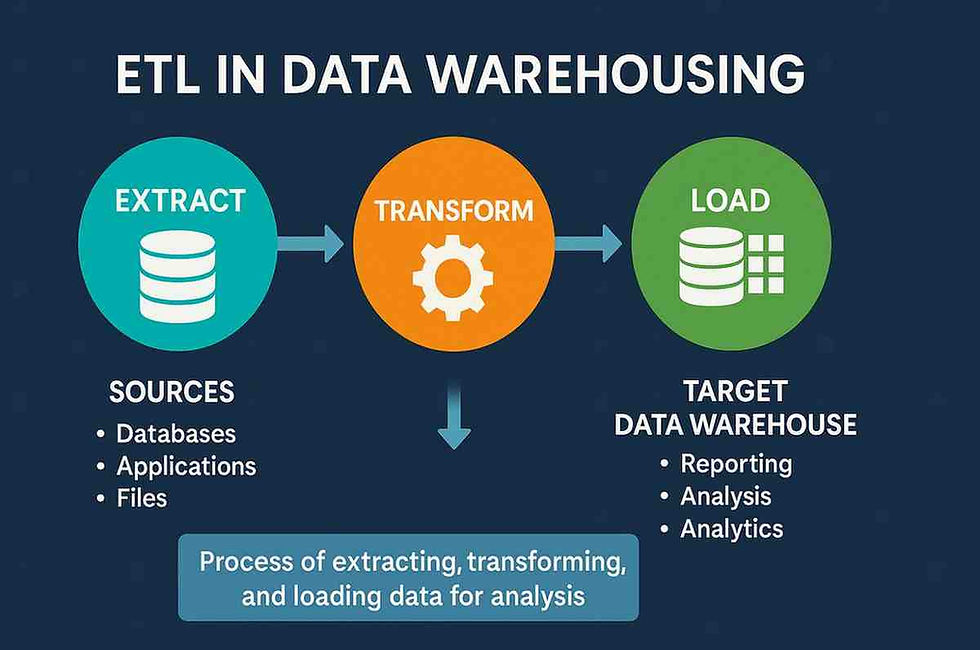Program Testing Definition: Guide & Best Practices 2025
- Gunashree RS
- Jun 24
- 6 min read
Program testing stands as the cornerstone of modern software development, ensuring applications meet quality standards before reaching end users. With the software testing market reaching $55.6 billion in 2024 and projected to grow at a 7.7% CAGR, understanding program testing has become more critical than ever for developers and organizations alike.

What is Program Testing? A Comprehensive Definition
Program testing is the systematic process of evaluating and verifying software applications to identify defects, bugs, or gaps between expected and actual results. It involves executing a program or application with the intent of finding software bugs, ensuring the application functions correctly under various conditions.
Q: How does program testing differ from debugging?
A: While debugging focuses on fixing identified issues, program testing is about discovering those issues in the first place. Testing validates that software meets specified requirements and functions as intended across different scenarios.
Q: Why is program testing essential in software development?
A: Program testing reduces the risk of software failures in production environments, saves costs associated with post-deployment fixes, and ensures user satisfaction. According to recent industry data, 35% of developers consider manual testing the most time-consuming part of development, highlighting its critical importance.
Core Components of Program Testing
1. Test Planning and Strategy
Effective program testing begins with comprehensive planning. This involves:
Defining test objectives and scope
Identifying test environments and resources
Establishing success criteria
Creating test schedules and timelines
2. Test Design and Development
This phase focuses on creating detailed test cases that cover:
Functional requirements validation
Non-functional aspects like performance and security
Edge cases and boundary conditions
User experience scenarios
3. Test Execution and Monitoring
The actual implementation of test cases includes:
Running automated and manual tests
Recording test results and defects
Tracking test coverage metrics
Monitoring system behavior under test conditions
Types of Program Testing: A Detailed Breakdown
Unit Testing
Statistics: Unit testing is used in 63% of software projects worldwide, making it the most popular testing type according to 2024 industry surveys.
Unit testing focuses on individual components or modules of a program, typically performed by developers during the coding phase. It helps catch bugs early in the development cycle when they're less expensive to fix.
Integration Testing
Used in 47% of software projects, integration testing verifies the interfaces and interaction between integrated components. This testing type ensures that different modules work together seamlessly.
Functional Testing
This testing validates the software against functional requirements, ensuring each feature works as specified. It includes:
User interface testing
API testing
Database testing
Security testing
Performance Testing
With increasing user expectations, performance testing has become crucial. It evaluates:
Response times under normal conditions
System behavior under peak loads
Resource utilization efficiency
Scalability limits
Modern Program Testing Methods and Approaches
Automated Testing Revolution
Expert Insight: "AI adoption in at least one business function has jumped to 72% in 2024," according to McKinsey research, with testing being a primary beneficiary of this trend.
Automated testing has transformed program testing by:
Reducing manual effort and human error
Enabling continuous testing in DevOps pipelines
Providing faster feedback cycles
Supporting regression testing at scale
Manual Testing Importance
Despite automation advances, manual testing remains valuable for:
Exploratory testing scenarios
User experience validation
Complex business logic verification
Edge case identification
AI-Powered Testing
The integration of artificial intelligence in program testing includes:
Intelligent test case generation
Predictive defect analysis
Self-healing test scripts
Pattern recognition for anomaly detection
Program Testing Best Practices for 2025
1. Early Testing Implementation
Start testing activities early in the development lifecycle. The cost of fixing bugs increases exponentially as they progress through development phases.
2. Risk-Based Testing Approach
Prioritize testing efforts based on risk assessment:
Critical business functions first
High-impact, high-probability defect areas
User-facing features with direct business impact
Security-sensitive components
3. Comprehensive Test Coverage
Aim for balanced test coverage across:
Code coverage (aim for 80-90% for critical modules)
Functional coverage (all specified requirements)
Data coverage (various input scenarios)
Environmental coverage (different platforms and configurations)
4. Continuous Integration and Testing
Implement CI/CD pipelines with integrated testing:
Automated unit tests on every code commit
Integration tests for pull requests
Performance tests for release candidates
Security scans throughout the pipeline
Current Industry Statistics and Trends
The program testing landscape is rapidly evolving with significant market indicators:
Market Growth: The global software testing market is projected to reach $145.84 billion by 2037
Testing Adoption: 72% of businesses have adopted AI in at least one function, with testing being a primary area
Resource Allocation: Testing typically accounts for 25-40% of total development effort
Automation Preference: 30% of developers prefer test automation over manual testing
Q: What percentage of development time should be allocated to testing?
A: Industry best practices suggest allocating 25-40% of total development time to testing activities, though this varies based on project complexity and risk tolerance.
Challenges in Modern Program Testing
Testing Complexity
Modern applications face increasing complexity due to:
Microservices architectures
Multi-platform deployment requirements
Integration with third-party services
Real-time data processing needs
Resource Constraints
Organizations often struggle with:
Limited testing budgets
Shortage of skilled testing professionals
Time pressures in agile development cycles
Balancing speed with quality
Technology Evolution
Keeping pace with technological changes requires:
Continuous learning and skill development
Tool evaluation and adoption
Process adaptation to new methodologies
Investment in modern testing infrastructure
Future of Program Testing
Emerging Trends for 2025 and Beyond
Scriptless Test Automation: Democratizing testing by allowing non-technical stakeholders to participate in quality assurance processes.
Big Data Testing: As organizations increasingly rely on data-driven decisions, testing data quality and processing becomes crucial.
IoT and Edge Testing: With the proliferation of IoT devices, testing distributed systems and edge computing scenarios gains importance.
Quantum Computing Testing: Preparing for the next generation of computing paradigms.
Conclusion
Program testing definition encompasses far more than simply finding bugs—it's about ensuring software quality, reliability, and user satisfaction. As the industry continues to evolve with AI integration, automation advances, and new testing methodologies, organizations must adapt their testing strategies to remain competitive.
The $55.6 billion testing market in 2024 demonstrates the critical importance of program testing in modern software development. By implementing comprehensive testing strategies, leveraging automation where appropriate, and staying current with industry trends, development teams can deliver high-quality software that meets user expectations and business objectives.
Key Takeaways
• Program testing is a systematic process for identifying defects and validating software functionality before deployment
• The testing market is experiencing significant growth, from $55.6 billion in 2024 to a projected $145.84 billion by 2037
• Unit testing leads adoption with 63% of projects implementing it, followed by integration testing at 47%
• AI integration is accelerating, with 72% of businesses adopting AI in at least one function, including testing
• A balanced approach is essential - combining automated testing (preferred by 30% of developers) with manual testing for comprehensive coverage
• Early testing implementation reduces costs and improves software quality throughout the development lifecycle
• Testing typically requires 25-40% of total development time and resources for optimal results
• Modern testing faces new challenges, including microservices complexity, multi-platform requirements, and resource constraints
• Future trends include scriptless automation, big data testing, IoT testing, and quantum computing preparation
• Continuous integration and testing in DevOps pipelines is becoming standard practice for quality assurance
Frequently Asked Questions
Q: What is the difference between program testing and software testing?
A: Program testing and software testing are essentially the same concept. Both terms refer to the process of evaluating software applications to identify defects and ensure they meet specified requirements.
Q: How much does program testing cost for a typical project?
A: Testing costs typically range from 25-40% of the total development budget, though this varies based on project complexity, risk requirements, and chosen testing methodologies.
Q: What skills are needed for program testing?
A: Essential skills include analytical thinking, attention to detail, programming knowledge (for automation), understanding of testing tools, and domain expertise in the application area being tested.
Q: Can program testing be completely automated?
A: While automation can handle many testing scenarios, complete automation isn't practical or advisable. Manual testing remains important for exploratory testing, user experience validation, and complex scenario verification.
Q: What's the most important type of program testing?
A: No single testing type is most important—effectiveness comes from a balanced approach. However, unit testing (used in 63% of projects) provides the foundation for catching defects early.
Q: How do you measure program testing effectiveness?
A: Key metrics include defect detection rate, test coverage percentage, defect leakage to production, testing cycle time, and cost per defect found and fixed.
Q: What tools are commonly used for program testing?
A: Popular tools include Selenium for web testing, JUnit for unit testing, JIRA for test management, Jenkins for CI/CD integration, and various performance testing tools like JMeter.




INDOVIP138
indovip138
indovip138
indovip138
indovip138
indovip138
indovip138
indovip138
indovip138
indovip138
indovip138
indovip138
indovip138
indovip138
indovip138
indovip138
indovip138
indovip138
indovip138
indovip138
indovip138
indovip138
indovip138
indovip138
indovip138
indovip138
indovip138
indovip138
indovip138
indovip138
indovip138
indovip138
indovip138
indovip138
indovip138
indovip138
indovip138
indovip138
indovip138
indovip138
indovip138
indovip138
indovip138
indovip138
indovip138
Link INDOVIP138
indovip138
indovip138
indovip138
indovip138
indovip138
indovip138
indovip138
indovip138
indovip138
indovip138
indovip138
indovip138
indovip138
indovip138
indovip138
indovip138
indovip138
indovip138
indovip138
indovip138
indovip138
indovip138
indovip138
indovip138
indovip138
indovip138
indovip138
indovip138
indovip138
indovip138
indovip138
indovip138
This article on Program Testing Definition: Guide & Best Practices 2025 provides a clear and updated overview of testing strategies essential for modern software development. It highlights the importance of detecting bugs early, ensuring quality, and improving performance across various applications. The guide is particularly useful for developers working in niche fields like embroidery digitizing software, where precision and flawless execution are critical. By following the recommended best practices, professionals can enhance the reliability of their tools and deliver better user experiences. Overall, it's a valuable resource for anyone serious about software quality and continuous improvement in 2025.
Program testing is definitely important in today's development scene, particularly given the industry's rapid growth. For those delving deeply into the subject, studying a well-structured dissertation contents page can provide useful insights into how to effectively organize and investigate testing approaches and best practices.